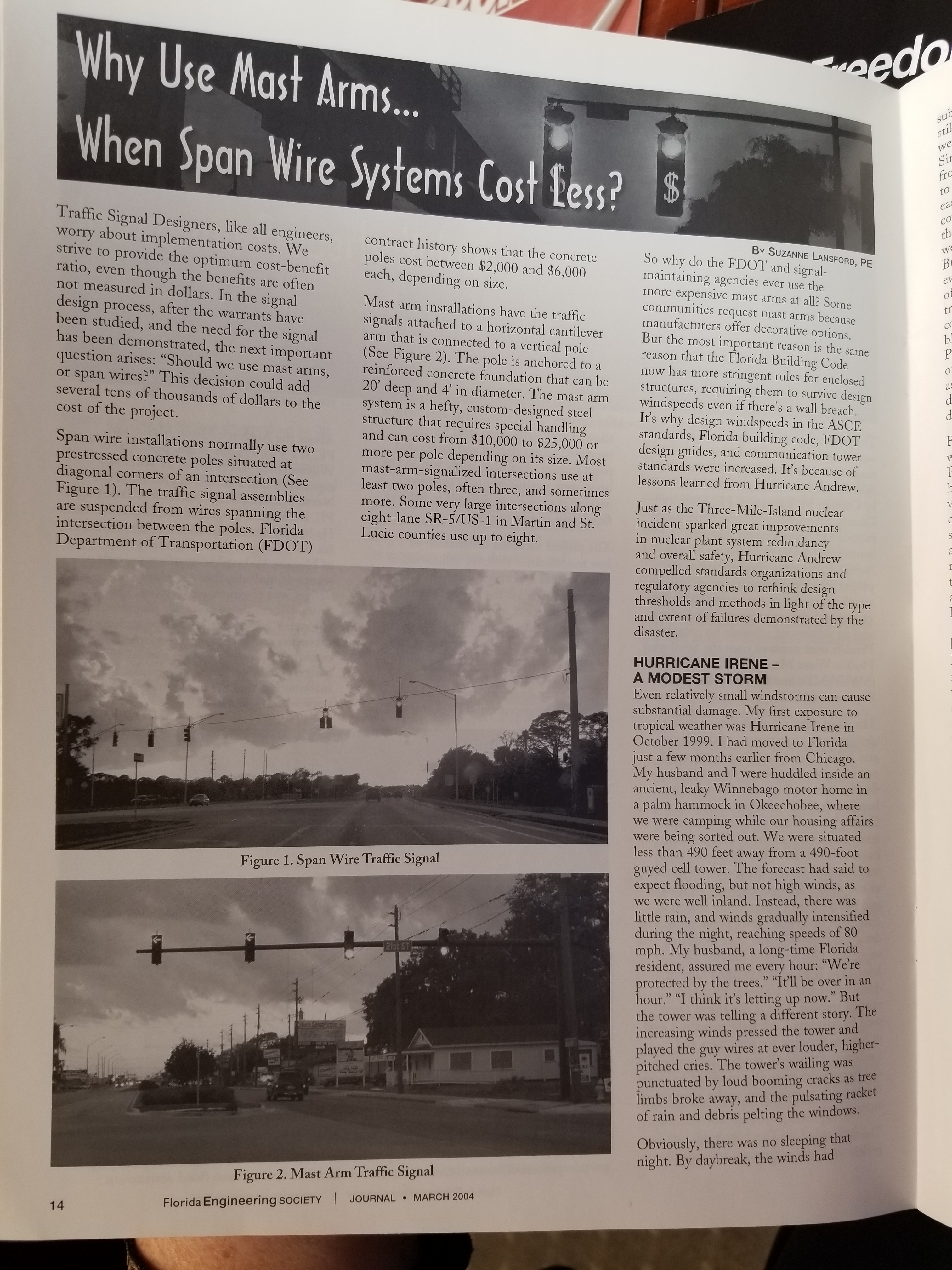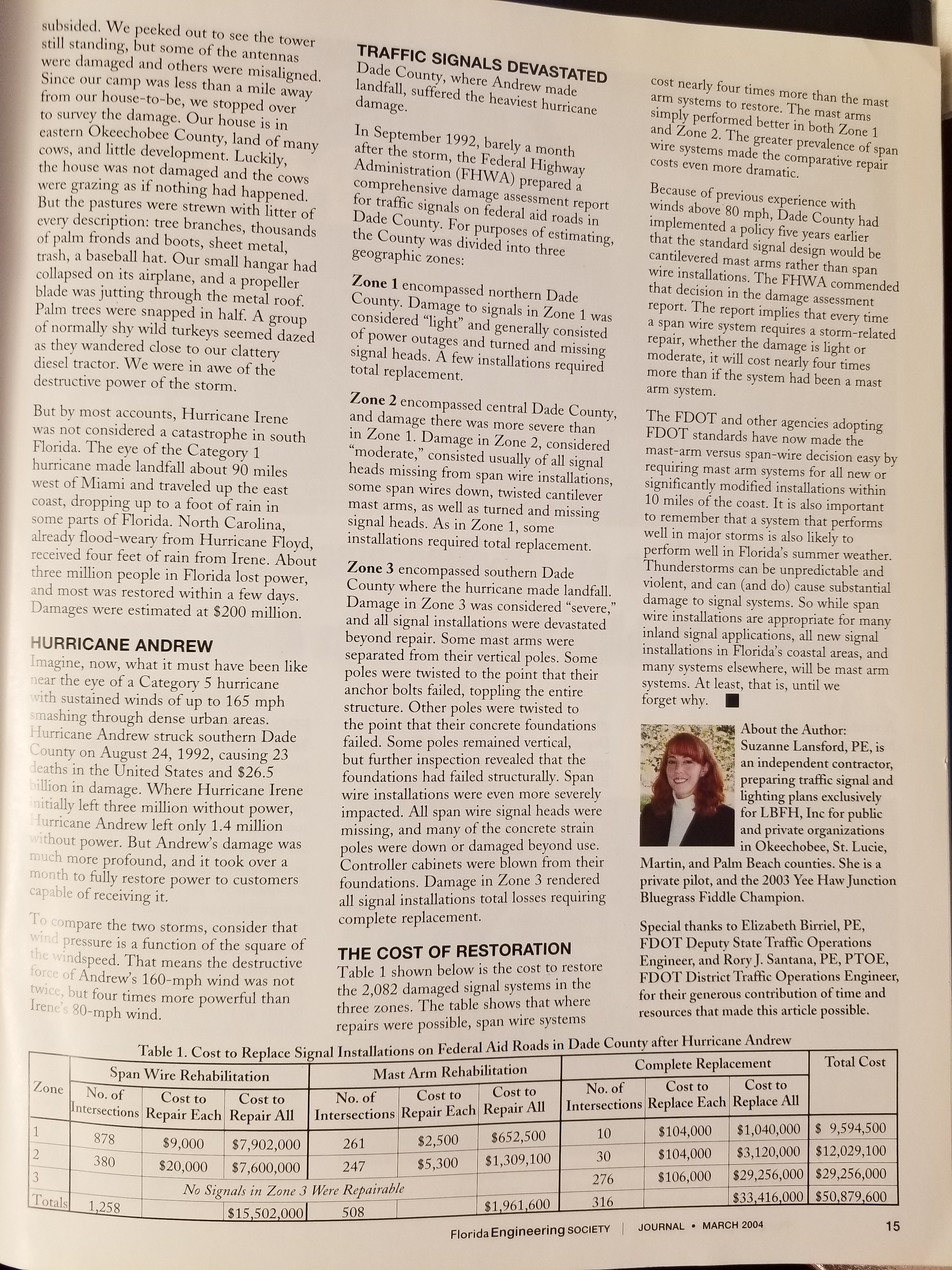
REDD Inc. Is Now SBE/DBE Certified!
We’re now certified with the State of Arizona and City of Phoenix Small and Disadvantaged business enterprise program. View our Certification!

FREE ONLINE – ANSI/IES RP-16 Nomenclature and Definitions for Illuminating Engineering
https://www.ies.org/

LRC Response to the American Medical Association (AMA) Report on LED Lighting
This LRC presentation responds to the AMA report’s implications of melatonin suppression and circadian disruption effects from LED lighting. Bottom line is after 48:00 in the presentation.
Presented by Lighting Research Center scientists Dr. Mark Rea and Dr. Mariana Figueiro on March 15, 2017, this webinar addresses the American Medical Association (AMA) report cautioning the public about the use of In-Ga-N based LEDs. This webinar provides: practical, scientific advice to address the issues raised in the AMA report; direction on correctly and accurately measuring and specifying indoor and outdoor lighting; and guidance to address the problems of misapplying short-hand metrics to the topic of the health and environmental impacts of light and lighting.

FHWA Finalizes Rule on Contractor Contracting Method
FHWA issued a final rule this week that allows the Construction Manager/General Contractor (CM/GC) method to be used on highway federal-aid projects nationwide. Under this contracting method, a single contractor may provide pre-construction and construction services. CM/GC allows construction expertise to be used during the design phase, often leading to innovation, improved quality and reduced time and cost on complex projects. The final rule was required under MAP-21 and effectively opens the door for the use of the CM/GC method by state departments of transportation. The final rule formalizes FHWA’s procedures for approving and authorizing CM/GC projects. CM/GC is part of the agency’s Every Day Counts initiative designed to foster innovation and accelerate project delivery.

Fiber canopies proposed to turn Phoenix streets into comfortable public space
“Is a dry heat.” That’s what everyone always says when hearing about the intense heat of a Phoenix summer. It may be true, but 105 degrees is 105 degrees, and black asphalt streets that can be used as a frying pan in the direct desert sun are not the most hospitable of places.
A proposal from Blank Studio Design + Architecture, however, looks to make the streets of Phoenix more inviting by turning city streets into corridors where the asphalt has been replaced in favor of dense ribbons of flora, cars have been removed, and a canopy of sisal fiber provides shade from the sun, Dezeen reports. Blank Studio’s proposal won first place in the 2016 Metro Design Competition that was organized by the Phoenix chapter of AIA.

How the suspension bridge became our icon
Some 50,000 were there to celebrate that triumph. At 10 a.m. Jan. 1, 1867, three cities in two states came to the shores of the river with pennies in our pockets.
We hummed along to the band. We waved at the drivers of the horse-drawn wagons, as each traveled the first bridge to bring us together, 100 feet above the icy current.
But from that first morning, the bridge has been more than a way to get from here to there.
It was, and remains, an engineering and architectural milestone, constructed in the past for a future – in weight and volume and scope – the builders never saw but knew was coming. A span of 1,057 feet that continues to shape how we move through the world.









